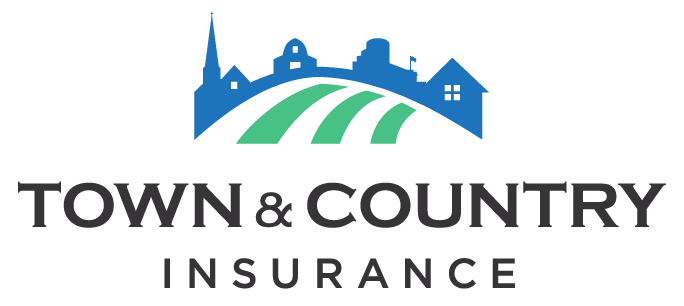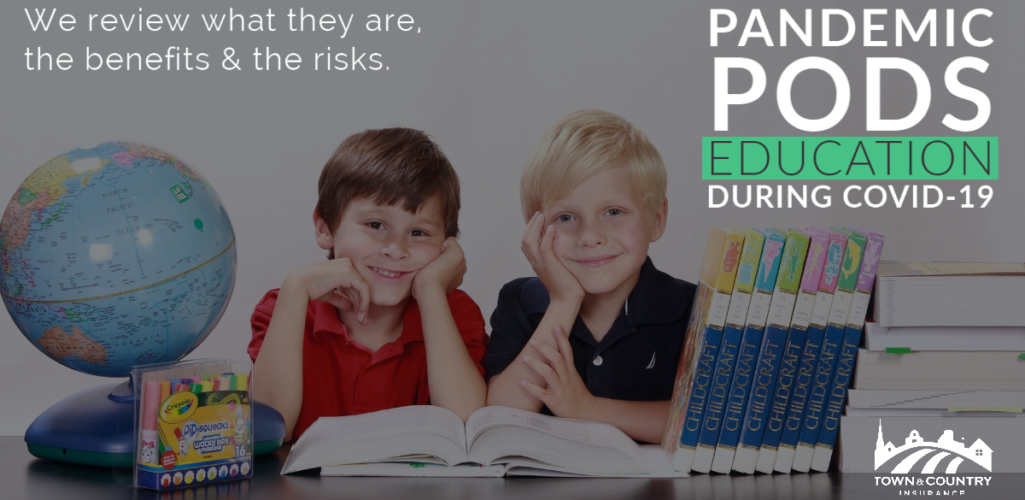Pandemic Pods Popping Up Across The Country
If you are a parent, grandparent or caregiver of school-aged children, you have likely heard of “Pandemic Pods.” Even if you don’t know the specific term – you’ve heard the discussions. Groups of families, teachers and caregivers joining together to provide both education and childcare, for “pods” of children during the pandemic. These pods may be in a home, in a commercial facility, or even outside.
What Are The Benefits of Pandemic Pods?
As a full-time working mother, I can relate. I worry daily whether school will switch to distance-learning only and how I will be able to educate my daughter outside of the school, while working full-time. More importantly, about the first (or second, or third) time she’ll get a runny nose and cough this year… because we all know it’s going to happen. Would I have to pull her from school for a common cold? Will she need to quarantine at home for two weeks? What would it look like for my other daughter attending daycare during that time?
Each potential scenario is different, but as a working parent, I need to have a plan in place. I cannot afford to miss work, and my daughter cannot afford to miss another year of education.
Enter Pandemic Pods. Groups of parents like us, teachers who aren’t returning to the classrooms, and caregivers who are connecting to navigate both childcare and education during the COVID-19 pandemic. Pods are a way for families to meet financial, educational, childcare and socialization needs. These pods can be well-thought out, and incorporate measures to manage the COVID-19 exposure risks.
What Do These Pods Look Like?
Pods can be as minimal as two families alternating duties throughout the week. It could be home daycares with more formalized arrangements, or even a “microschool” – when a teacher is hired as in independent contractor to educate a group of children in person. Here is a blog article written to describe the four basic types of Pandemic Pods.
What Are The Risks of Pandemic Pods?
While the public health officials offer strategies & guidelines on ways to manage the risk of COVID-19 transmission, nothing is guaranteed. Each pod is different, but generally they should be following guidelines – social distancing indoors, meeting outdoors & spending time outdoors, daily temperature & symptom checks, even wearing masks if feasible.
In addition to the health risks, there’s also a financial liability risk involved. Those hosting pods in their homes may have no or low coverage on their home policies. What happens if someone else’s child is injured on your property? What if your dog bites the tutor / teacher / caregiver? Ask your insurance provider if you have enough insurance to cover those instances.
If you are a tutor or teacher and providing professional services (teaching), you may need professional liability coverage. Licensed in-home daycare providers opening your home up to a pod may need commercial general liability insurance. Teachers may be in conflict with their local union as well; look into this prior to making any commitments.
Parents and families sending your child(ren) to a pod elsewhere need to do your due diligence too. Ask the pod leader what coverages and protections are in place for both the risk of transmission, and the financial risks.
The Future of Pods
While we cannot be certain what the fall, spring or even next year will bring – we know that people are getting creative. Whether pods are the way of the educational future or not, we need to plan for the various scenarios, minimize the risk of COVID-19 transmission, and mitigate financial liability risk.
For more information on Pandemic Pods, you can join the Pandemic Pod Facebook Group here (as a parent, a reporter, or an academic/nonprofit researcher.) You can also find a local Pandemic Pod chapter here.
I encourage you to reach out to your insurance agent. Here at Town & Country Insurance, many of our agents are faced with the same concerns – and they can provide some insight in regards to the insurance aspects. Feel free to chat online here, call us, or fill out the contact form below, and we’ll get back to you.
Sources:
- Pandemic Pods Facebook group: https://www.facebook.com/groups/pandemicpodsf/
- The National Alliance for Insurance Education & Research: https://www.scic.com/are-you-insuring-a-pandemic-pod/
- CNN: https://www.cnn.com/2020/08/25/us/school-pod-inequities-wellness/index.html
- NPR: https://www.npr.org/2020/08/12/901746967/the-rise-of-pandemic-pods




